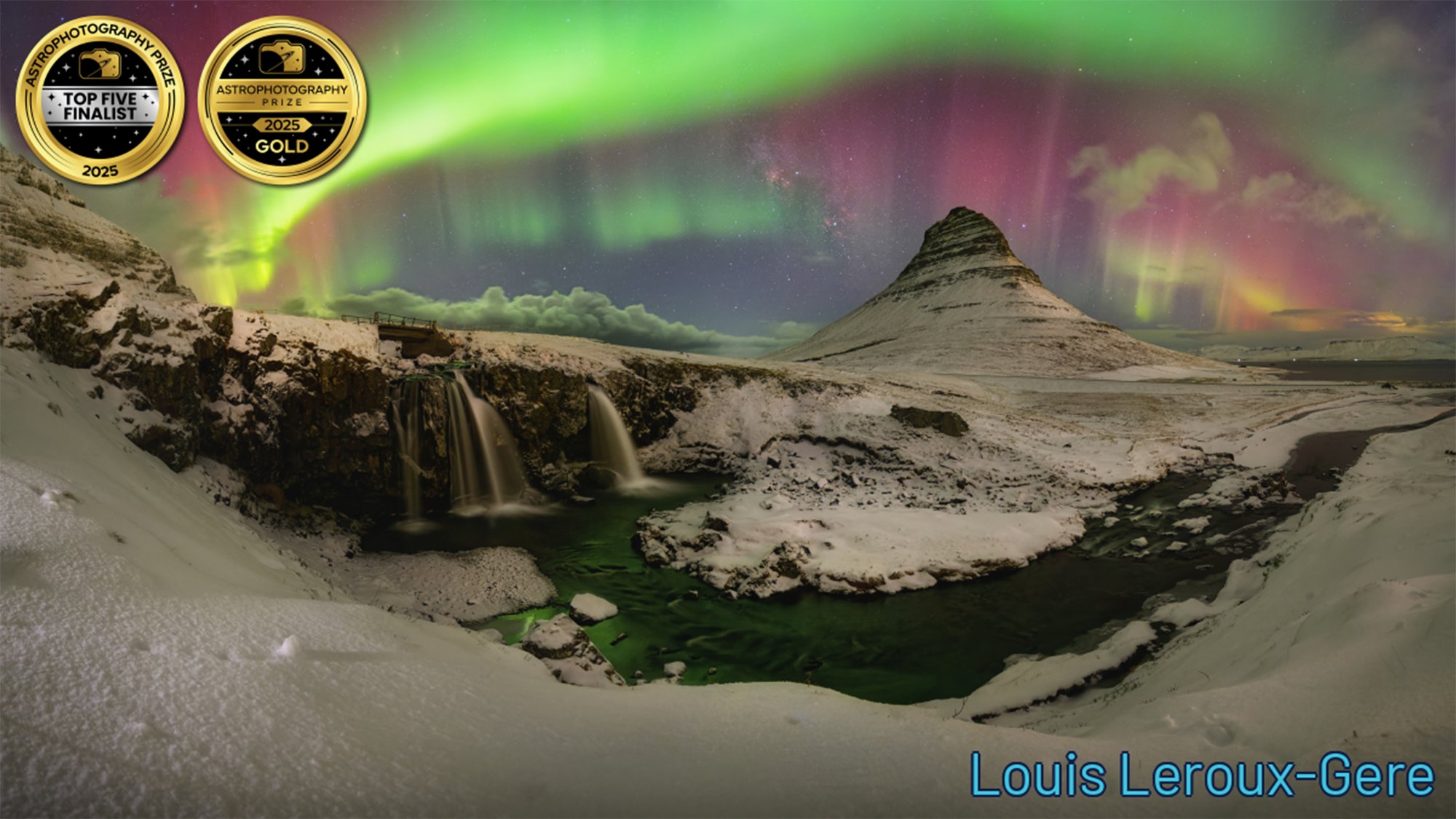NASA Artemis II Astronauts Aim to Make Space Great for All
PositiveScience

NASA's Artemis II mission is set to take a significant step in making space exploration accessible to everyone. The astronauts involved are not just pioneers for their own journeys but are also champions for inclusivity in space. This mission aims to inspire future generations and demonstrate that space is a frontier for all, regardless of background. It's an exciting time for space enthusiasts and a reminder of the potential for collaboration and discovery beyond our planet.
— Curated by the World Pulse Now AI Editorial System

















